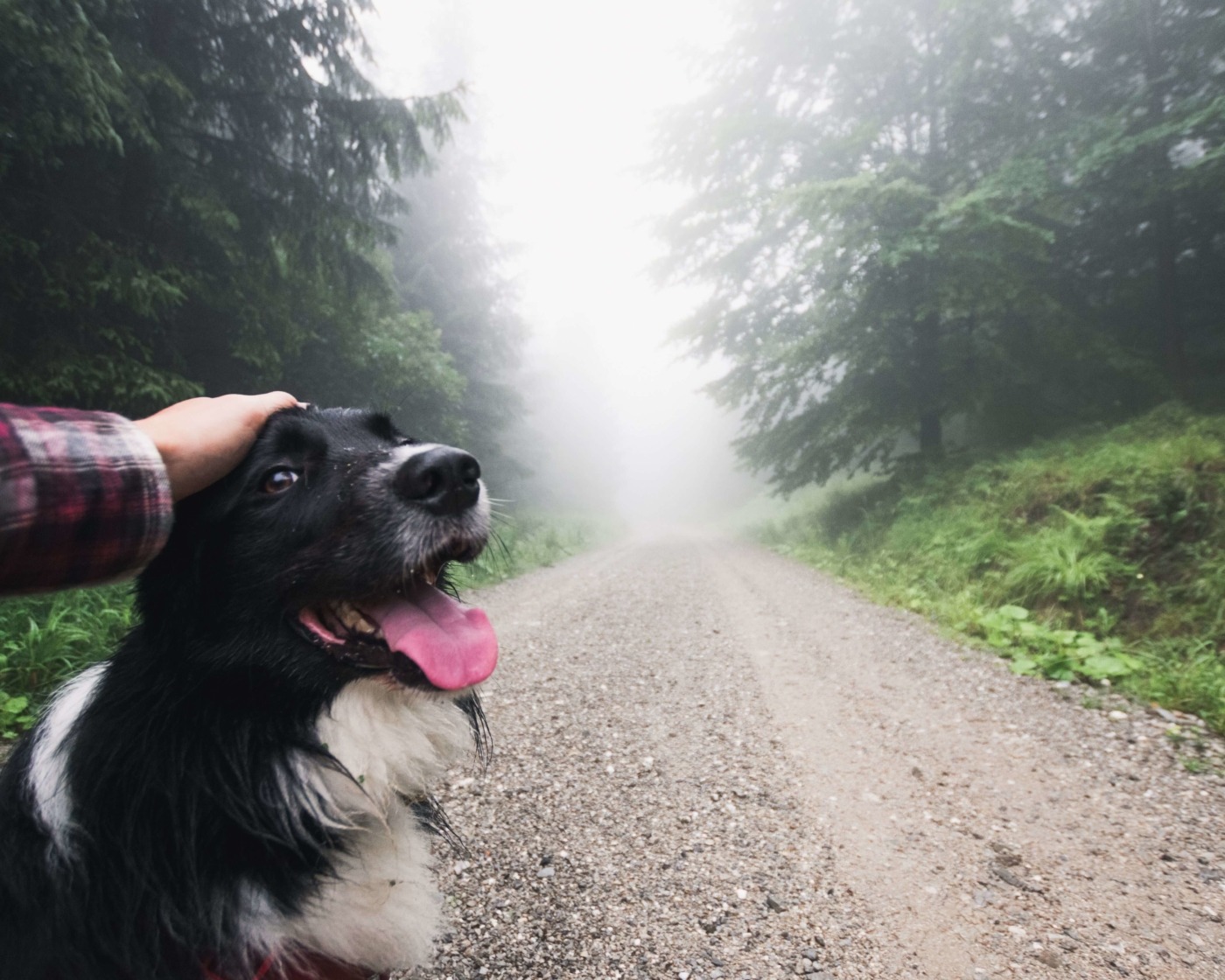The history of man’s best friend
Around 9,000 years ago, farmers started to migrate into Europe from the Near East. Now, new DNA evidence suggests their dogs came all the way with them.
When farmers first came to Europe, they migrated west from the Fertile Crescent – an arc of fertile soil around the Arabian desert, stretching from Jordan, through Syria and Lebanon, into Iran and Iraq – into Southern and South-Eastern parts of the continent. At this time, the regions were occupied solely by hunter-gatherers, who also had canine companions. However, researchers found that the hunter-gatherer canines possessed a portion of DNA known as mitochondrial haplogroup C, which is not present in Near East dogs, who have haplogroup D. According to co-lead researcher Dr Morgane Ollivier, this means the two sets of dogs must have come from two distinct groups.
The farmers, accompanied by domesticated animals such as sheep, goats, pigs and cows, substantially replaced the local hunter-gatherer population. By farming their own crops, humans could stay in one place as opposed to following food sources around, meaning larger settlements could arise. Larger quantities of food available left more free time to learn other skills, which is theorised to have resulted in specialists, developing new technology such as enhanced tools. As the farming communities began to take over from hunter-gatherers, their dogs began to become more prevalent in societies. As time went on, researchers found, the hunter-gatherer dogs with haplogroup C decrease, while the farming canines with haplogroup D increase.
Hunter-gatherer canines possessed a portion of DNA known as mitochondrial haplogroup C, which is not present in Near East dogs, who have haplogroup D
The researchers looked at nearly 100 different samples of canine DNA found across Europe and Asia to get to their conclusion. Dr Ollivier remarked, “We don’t really know what the role of the dogs was…what we know is that they had a common history.” What the results do show, however, is that dogs were an integral part of the ‘farming package’ at the time. She also stated that these canines would have looked more like wolves, having little in common with the dogs we know today.
Researchers are continuing to study the early European farm dogs, and are discovering many links with human culture change – for example, animals adapted to an agriculture diet much like their human counterparts, including eating cereals, peas and lentils. As Dr Ollivier puts it: “Dog history reflects human history.”

Comments
Comments are closed here.